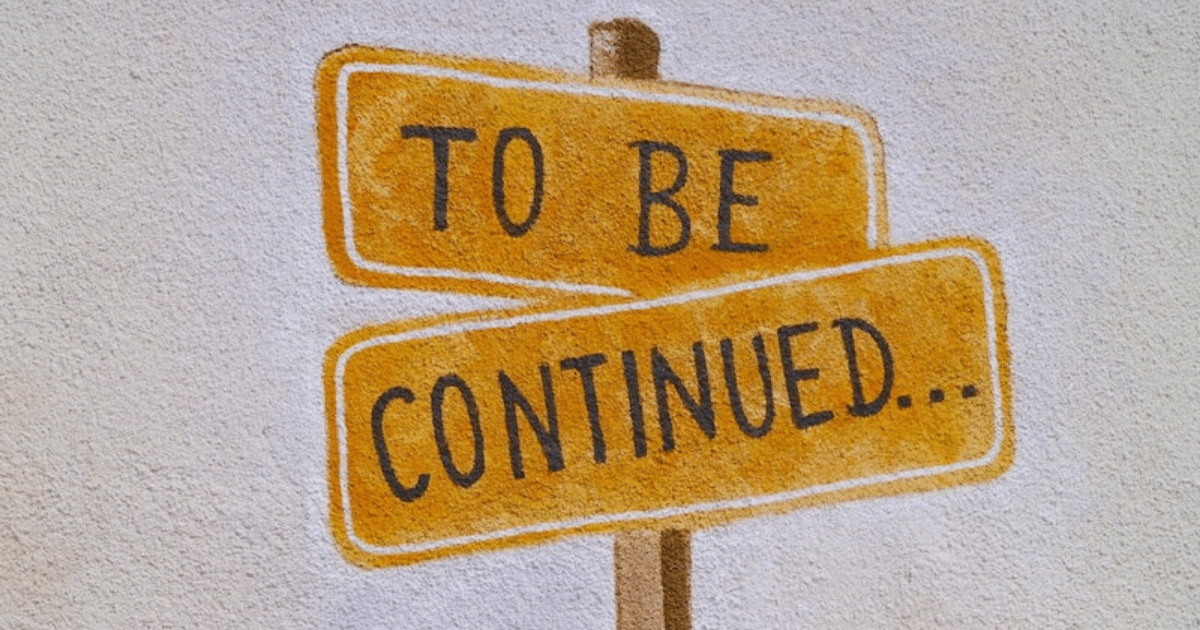
Everyone loves the romance, action, and drama of a good story. Honestly, we just eat it up.
Stories can create an amazing opportunity for brands to reach and connect with their customers. In fact, creating your story or narrative is often the building block to PR for startups. When done right, people are left wanting more: more connection, more action, more drama, and maybe even more products or services to keep the feeling of the story alive.
A good story can be the difference between selling your startup or watching it flop. While it may seem like startup storytelling may be a simple task, there are some nuances that will help you put your startup on the map.
It’s Not Rocket Science…but it is Brain Science
Storytelling isn’t complicated. As long as you have likable characters, an interesting plotline, and maybe a twist here or there, people are probably going to listen to it, right? Maybe they will, but you can’t rely on a basic story arch alone to do the trick.
In the words of Maya Angelou, “People will forget what you did, but people will never forget how you made them feel.” By establishing an emotional connection through a story, you almost guarantee that people will remember your startup, which will help you drive loyalty, investors, and purchases. Think of some of two major brands in play today: Apple and Disney. Why do we wait an hour in line for the next iPhone? Why do we spend massive amounts of dollars to meet Mickey Mouse and see Cinderella’s castle? It’s because these brands have mastered connecting with their audiences. At some point, we developed an emotional connection with the brand, and we can thank storytelling for that.
However, good storytelling isn’t all about futuristic technology or pixie dust; a good storyteller knows how psychology comes into play.
When we listen to stories we connect with, our brain releases cortisol. Cortisol is responsible for our fight or flight instinct and is usually released during times of distress. When we listen to stories, we actually activate the same parts of our brain that we would use as if we were experiencing real life. If there’s distress in the story, our brain reacts and releases the hormone, making us more attentive to the story and more focused and driven to reach a resolution.
When we do reach the end, the cortisol dissipates, and our brain releases dopamine. Commonly known as the “feel-good” hormone due to its association with pleasure and rewards, dopamine gives us a feeling of satisfaction when we reach the end of the story. Since we subconsciously know that we’re going to be hit with a small “high” at the end, we’re motivated to follow along and stay interested until the very end.
If we feel emotionally connected to the story, our brains also release oxytocin. Also known as the love hormone, oxytocin shows up when we’re in our most intimate interactions, like kissing a significant other. It’s also responsible for creating trust, recognition, and bonding in humans, which, as you can imagine, does wonder for brand loyalty and your startup.
Knowing the science behind storytelling can certainly be helpful in knowing what elements to incorporate into your story, but how do you get your audience hooked so you can put that psychology to work?
Get Their Attention Right Away
Have you ever read Tolkien’s Lord of the Rings or The Hobbit? Do you remember how he put so much attention into the details that he described trees for three pages?
Yeah, don’t do that when you tell your story.
No disrespect to Tolkien, he’s obviously a beloved writer with epic stories, but the idea of painting a detailed picture or setting a scene is not going to fly with your audience. Today, the human attention span is less than that of a goldfish, and if you want to keep your audience’s attention, you have to entice them right away. If you can’t grab their attention right off the bat, they aren’t going to stick around to find out the ending.
There’s an easy solution to this: you must introduce your premise early.
Establishing what is going on and who the main characters are from the start is essential to capturing (and keeping) attention. To do this, start off with the basics:
- Who are you?
- Who are the other main characters?
- What is your startup and when/where was it founded?
- What’s wrong with the world and why does it have to change?
The last question is particularly important. Great stories involve change, but not just any change. It must rise to the stakes. It must be interesting. And, it must bring us from an old world into a new, better world. The promise that there is going to be a resolution sucks your audience in and keeps them captivated until the very end.
However, be careful how you approach this change. You don’t want to say that something is a problem because people don’t typically respond well to that. They may not believe that it really is a problem or they’re in denial about it. The change you propose shouldn’t be too drastic. In fact, it should fit into the world we live in now. Explain how and why the world is heading in a specific direction. For example, Uber didn’t say, “Taxis are a problem. We hate them, so we’re going to get rid of them.” Instead, they said, “What if there was an easier, cheaper, faster way to get from point A to point B that you can order from your phone.” The second sounds much more agreeable.
Once you establish the premise and get their attention, feel free to take some creative license. Don’t get too caught up in telling everything in the exact order that it happened. Instead, focus on making the story unfold and flow naturally, and keep your energy up. Throw in the occasional joke to help ensure your audience remains engaged.
Get Personal
Once you’ve established the main players and have drawn your audience in, you need to get their oxytocin flowing. How can you do that? By establishing an emotional connection with them.
Creating a personal connection with your audience is key to them liking and remembering you. You need to bond with your customers, otherwise, you can say goodbye to brand loyalty and startup recognition.
Let’s think about one of the best-known startup stories out there: Airbnb. Two friends move to California from New York, have no jobs, and are in a lot of debt. To make some extra money, the two decided to set up a little bed and breakfast with air mattresses in their living room to offer an alternative to visitors that was cheaper than a hotel. Thus, Airbnb was born.
The story does not feature an “ah-ha” moment and it’s certainly not glamorous, but it is real. Do you think it was easy for the founders of one of the most successful startups to date to tell the world that their brilliant idea was actually born out of a need for some cash while they were jobless and in debt? No, it’s never easy to make yourself vulnerable or expose your weaknesses. However, people like to see that side of you because it shows you’re human and that you’re being genuine. Imagine if they had left out the broke and jobless part out of their narrative — it wouldn’t allow for the emotional connection that it does. In fact, Airbnb’s main audience happens to be people who are looking for a cheaper alternative to a hotel. Many people who use Airbnb probably also know what it’s like to be strapped for cash, and they’ll always be able to relate to the founders of Airbnb over that commonality.
This is not to say, however, that you should make up a story to sell your startup. You should never fabricate a story to try to get people to like you or your brand. If you do, and it comes to light that you lied, your startup has better be prepared for a PR nightmare.
Your story doesn’t need to be the same as Airbnb. Maybe you founded your startup to help people fight addiction because a loved one had struggled with addiction. Or, maybe you always used to love working on cars and tinkering with your dad when you were a little kid, so your startup is working to develop flying cars or more efficient engines. Potentially you were a broke college kid who had a brilliant idea in the shower and it failed the first 90 times. Whatever the case, just be honest, be genuine, and get personal.
Put Your Brand in the Background
So, when do you get to talk about your brand and why people should be interested in your startup?
It’s really hard to get someone to fall in love with an AI-driven piece of machinery on its own, but cast it as a character in your story and all of a sudden it comes to life.
However, it’s important to keep in mind that your brand is not the main event. Instead, it should be a secondary character in the story of your startup, making an appearance only after you’ve introduced your premise and have made some emotional connections with your audience. Maybe at times throughout your story, your brand is the enemy, the savior, or the annoying sibling who gets all of mom and dad’s attention.
You’ll find that when you’ve already established connections with your audience, your brand will only add to your story, rather than take away from it. When it’s all about the brand, the genuineness goes away and the story starts to feel more like a sales pitch.
On a similar note, don’t mention your competitors. If you have an audience entranced in a good story, bringing up competitors may take them out of that state and make it seem like you’re just trying to sell them on something. Do yourself a favor and avoid that completely.
We crave human connections, and storytelling gives us a way to fulfill those needs. It offers a unique opportunity for customers to get a glimpse at what your startup is really about, and show them the human side of your company.
In today’s 24/7 world, it’s easy to get lost and forgotten in the noise. Startups who can master storytelling will quickly find that they’ll be able to stand out in the pack and be rewarded with coverage, customers, and brand loyalty.



